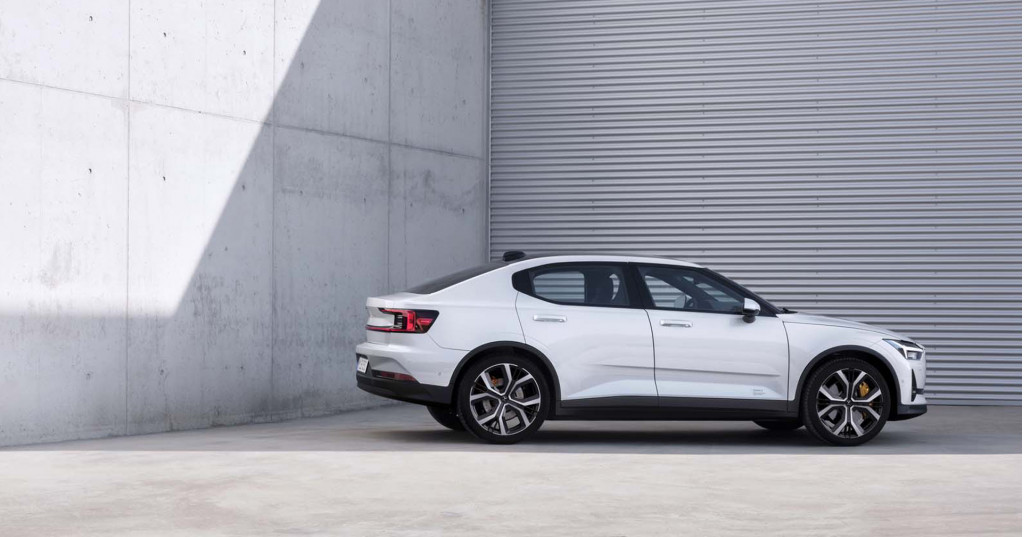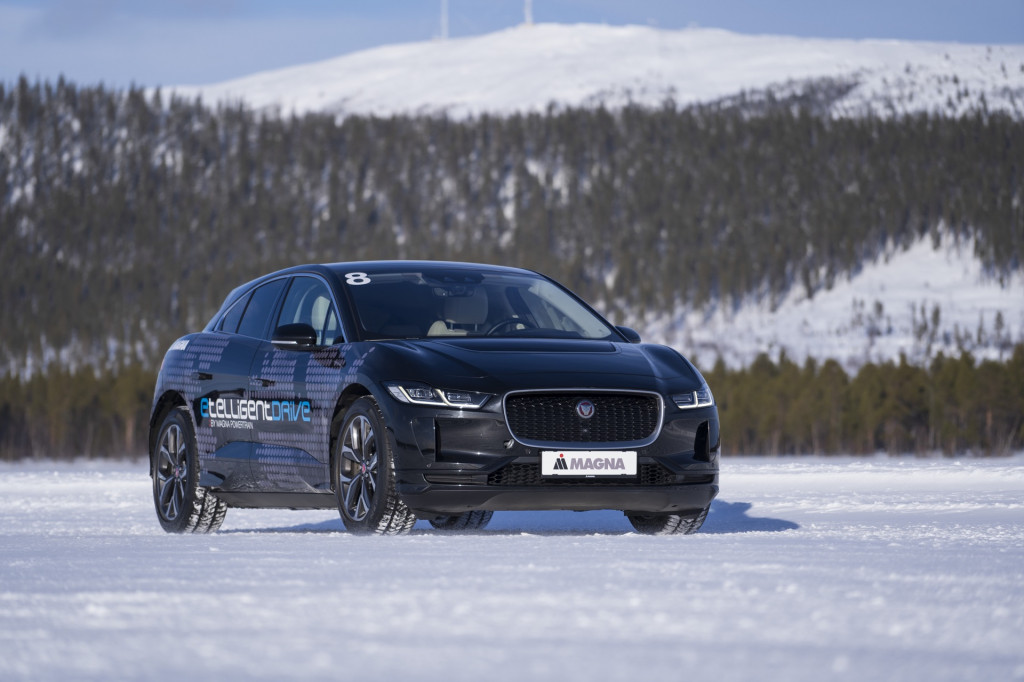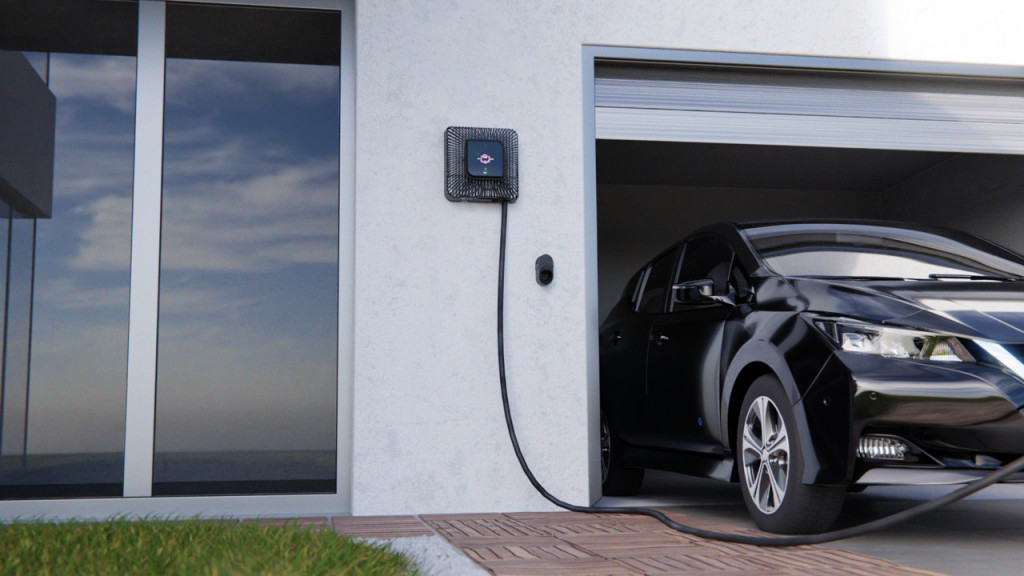What carmaker is planning to make the next-generation version of its top-selling model all-electric?
What new home device might make the Nissan Leaf a little greener?
This is our look back at the Week In Reverse—right here at Green Car Reports—for the week ending March 27, 2020.
Most of us in the U.S. were under some sort of slowdown, lockdown, or encouragement to at least stay at home and work from home, so it has most definitely not been business as usual. Despite that, we saw a fair number of product announcements this week—and we has plenty of stories already in the hopper to bring you.

Polestar 2
While American production slowed or stopped early this week, Polestar announced that its Polestar 2 is being made in China now, with U.S. deliveries still possible by summer.
In other product news, the 2021 Honda Insight gets a few more active safety features but again stands out for having the highest city mpg of any sedan. The next-generation version of the BMW 3-Series plug-in hybrid has been confirmed for the U.S.—as the 2021 BMW 330e and 330e xDrive. And as part of an annual update, Porsche re-upped its plans to go fully electric with its next-generation Macan crossover due in 2022.

Magna e4 technology demonstrator (Jaguar I-Pace)
A technology demonstrator that Green Car Reports drove in the Arctic late last month shows what the supplier Magna could do with the Jaguar I-Pace or other EVs—boost range to nearly 300 miles, for instance. According to a report from the UK, Jaguar Land Rover sees several more all-electric vehicles joining the lineup in the coming years. After the upcoming fully electric XJ sedan, there will be two larger crossovers: the J-Pace, and a yet-unnamed Land Rover “Road Rover.”
Mercedes-Benz showed the all-weather capability of its upcoming EQV electric van—although it didn’t reveal anything more about whether it might be offered in the U.S.
Toyota is continuing its efforts toward making more hydrogen fuel-cell trucks—this time with a new partnership for a heavy-duty semi with Hino.

London lampposts equipped for electric-car charging
No surprise, it wasn’t a big week for infrastructure announcements. In the UK, a project has built Level 2 electric-car charging into lampposts—a half-mile of them in London.
The slower news days left us some time to examine a few reports that came out earlier in the month—especially an annual update from the EPA. Why are pickups so heavy and so large? And why have their gas-mileage gains been comparatively flat next to other kinds of vehicles? These problems are interrelated—and we can’t wait for all the electric trucks. And separately, Fiat Chrysler has the lowest fleet mpg of any automaker yet also has the highest percentage of vehicles in its fleet with hybrid systems. How is that?
It’s also been cause to look at more stories involving living with—and not necessarily driving—an EV. You have an electric car in the garage but suddenly really don’t need to drive it for weeks. What should you do to keep the battery—or batteries—in the best shape? And with the introduction of the Quasar Wallbox in the U.S. soon, the Nissan Leaf will at last be able to function as a home energy device.

Wallbox Quasar, for bi-directional DC charging
Quirky always goes. VW showed yet another great electric Microbus conversion—this one done by a German company and available to those in Europe. And last weekend, we celebrated some creative thinking brought about by a gas crisis—in the form of a six-wheeled, Briggs & Stratton–powered hybrid hatchback from 1980.
And the slowdown of transportation (ground and air) that’s happening in many countries over coronavirus concerns is leading to what might be the best air quality in decades. If that’s not a bright side, it will definitely be a point in time to be cited by researchers for decades.
_______________________________________
